Closed Statutory Holidays


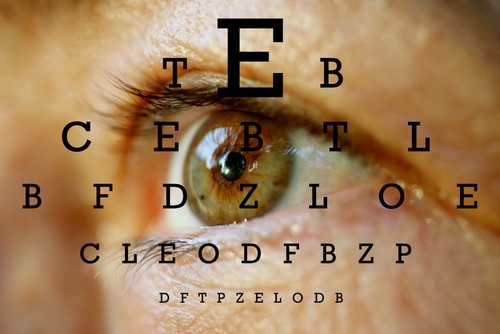
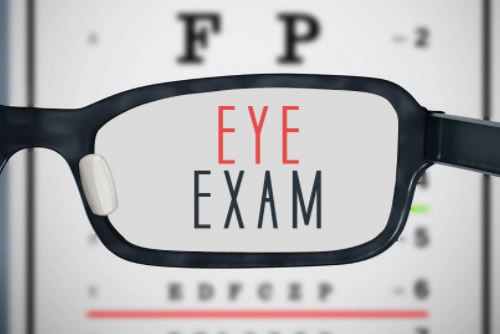
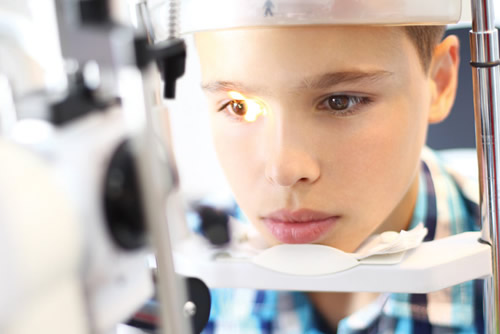
EYE EXAMS
An Optometrist
or doctor of optometry is a health professional who is trained to examine, diagnose, treat, and prevent diseases and disorders of the eyes and visual system. Allow our doctors at Discovery Optometry to be your first choice when it comes to taking good care of your eyes because we specialize in managing every aspect of your eye health. Good vision depends on good eye health and overall health.
Regular eye examinations by Discovery Optometry can ensure that we detect signs of eye disease in its earliest stage. Eye examinations can also provide a picture of your overall health, even detecting early warning signs of diabetes, high blood pressure and tumors.
Our commitment to our patients is to provide the most thorough and complete eye care in a friendly environment, including:
- Comprehensive evaluations of your ocular health and visual system using the latest technology available.
- Urgent medical eye care and referrals.
- Expertise and service with vision solutions for your everyday needs.
What to expect at your eye exam
- You’ll be asked about your medical history and any vision problems you might be experiencing.
- Your vision will then be tested to see if you need glasses or contact lenses to improve your vision.
- Your optometrist will measure your eye pressure.
- Using several lights to evaluate the front of the eye and inside of each eye, the doctor will check the overall health of your eyes.
- Finally, the results of your exam will be discussed with you.
How often you will need to schedule your appointments varies based on your individual needs.
Why Are Eye Exams Important?
Regardless of your age or physical health, an annual comprehensive eye exam will help to detect any eye problems at their early stages when they’re most treatable.
During a comprehensive eye exam, your eye doctor will determine your prescription for eyeglasses or contact lenses, but will also check your eyes for common eye diseases, assess how your eyes work together as a team and evaluate your eyes as an indicator of your overall health.
Who should get their eyes examined?
Eye examinations are an important part of health maintenance for everyone. Adults should have their eyes tested to keep their prescriptions current and to check for early signs of eye disease. For children, eye exams can play an important role in normal development and learning.
Vision is closely linked to the learning process. Children who have trouble seeing or interpreting what they see will often have trouble with their schoolwork. Many times, children will not complain of vision problems simply because they don’t know what “normal” vision looks like. If your child performs poorly at school or exhibits a reading or learning problem, be sure to schedule an eye examination to rule out an underlying visual cause.
What is the eye doctor checking for?
In addition to evaluating whether you have nearsightedness, farsightedness or astigmatism, your eye doctor will check your eyes for eye diseases and other problems that could lead to vision loss. Here are some examples of the conditions that your eye doctor will be looking for:
- Amblyopia: This occurs when the eyes are misaligned or when one eye has a much different prescription than the other. The brain will “shut off” the image from the turned or blurry eye. If left untreated, amblyopia can stunt the visual development of the affected eye, resulting in permanent vision impairment. Amblyopia is often treated by patching the stronger eye for periods of time.
- Strabismus: Strabismus is defined as crossed or turned eyes. Your eye doctor will check your eyes’ alignment to be sure that they are working together. Strabismus causes problems with depth perception and can lead to amblyopia.
- Eye Diseases: Many eye diseases, such as glaucoma and diabetic eye disease, have no obvious symptoms in their early stages. Your eye doctor will check the health of your eyes inside and out for signs of early problems. In most cases, early detection and treatment of eye diseases can help reduce your risk for permanent vision loss.
- Other Diseases: Your eye doctor can detect early signs of some systemic conditions and diseases by looking at your eye’s blood vessels, retina and so forth. They may be able to tell you if you are developing high blood pressure, high cholesterol or other problems.
For example, diabetes can cause small blood vessel leaks or bleeding in the eye, as well as swelling of the macula (the most sensitive part of the retina), which can lead to vision loss. It’s estimated that one-third of Americans who have diabetes don’t know it; your eye doctor may detect the disease before your primary care physician does, especially if you’re overdue for a physical.
What’s the difference between a vision screening and a comprehensive eye exam?
Vision screenings are general eye tests that are meant to help identify people who are at risk for vision problems. Screenings include brief vision tests performed by a school nurse, pediatrician or volunteers. The eye test you take when you get your driver’s license renewed is another example of a vision screening.
A vision screening can indicate that you need to get an eye exam, but it does not serve as a substitute for a comprehensive eye exam and screenings often miss vision issues. A comprehensive eye examination is performed by an eye doctor and will involve careful testing of all aspects of your vision. Based upon the results of your exam, your doctor will then recommend a treatment plan for your individual needs. Remember, only an eye doctor can provide a comprehensive eye exam. Most family physicians and pediatricians are not fully trained to do this, and studies have shown that they can miss important vision problems that require treatment. Treatment plans can include eyeglasses or contact lenses, eye exercises or surgery for muscle problems, medical treatment for eye disease or simply a recommendation that you have your eyes examined again in a specified period of time. No matter who you are, annual eye exams are important for seeing more clearly, learning more easily and preserving your vision for life.



GLASSES & SUNGLASSES
At Discovery Optometry in Vernon, BC
we believe that prescription glasses should not only be functional, but stylish and attractive as well. The right pair of designer glasses will enhance your style and compliment your features.
Choose your prescription glasses from the best designers – Silhouette, Ray Ban, Oakley and more. Our friendly and knowledgeable staff look forward to helping you find the perfect designer eyeglasses.
Time for New Eyeglasses Frames?
When considering new designer eyewear, you must choose a style that appeals to you. Do you like full frame, half frame or four point (no rim)? Do like plastic or metal? Do you have metal allergies? If so, titanium eyeglass frames would be the right choice because they’re nickel free. Whatever custom glasses you choose, make sure they’re something you love and will enjoy wearing.
Your Face Shape has a Lot to do with Choosing the Right Frame
The style of frames you choose should look aesthetically pleasing and compliment your features and your face shape. At Discovery Optometry, we are your vision care specialists. From your initial eye exam to the final fitting of your custom glasses, our eye care professionals are dedicated to your total eye health.
1.Choose from our selection of frames, by our many exciting lines of designer frames like Ray-Ban and Oakley. You can even use your existing frame!
2. Depending on your needs, choose from Single Vision, Bi-Focal, Progressive or Safety Lenses. We also offer high performance Digital Free Form Progressive lenses.
3. Choose from our extensive options including Anti-reflective coatings, High-Index Lenses, Transition effects, Polarized sunglasses and more. Choose the combination that’s right for your needs!
Prescription Sunglasses
The sun emits many different types of light. The types most likely to injure the eye are ultra-violet (UV), blue light and bright or intense light. UV light rays carry more energy than visible light rays, so the eye is at a greater risk of damage from absorbing this type of light. UV light absorption by the eye can cause, or speed up, the progress of several diseases that affect the eye. Most of the damage caused by UVA and UVB rays happens over a long period of time and cannot be reversed.
Sensitivity to UV light radiation varies from one person to the next. Blue light is visible light in the blue portion of the colour spectrum. Intense glare of light reflecting off snow or water contains blue light. Your eyes cannot clearly focus in blue light. Some scientists believe routine exposure to blue light over many years may age the retina and increase the risk of blindness in some people over the age of sixty.
How Light Damages the Eye
All light is a form of energy. When your eyes absorb light, the process creates heat or chemical reactions in eye tissue. These reactions can cause permanent damage if the eye’s natural ability to heal itself is overwhelmed. Different parts of the eye absorb different kinds of UV radiation and light. For example, the surface layers of the outer part of the eyeball (the cornea and the conjunctiva) absorb UVB rays. The lens absorbs mainly UVA rays. The retina (the light-sensitive lining at the back of the inner eyeball) absorbs visible light. If eyes are overexposed to ultraviolet radiation, the front portion of the eyes may be damaged. If visible light is too bright or intense, or if you stare directly at the sun, even briefly, the retina can be damaged, causing permanent loss of vision (even if wearing sunglasses).
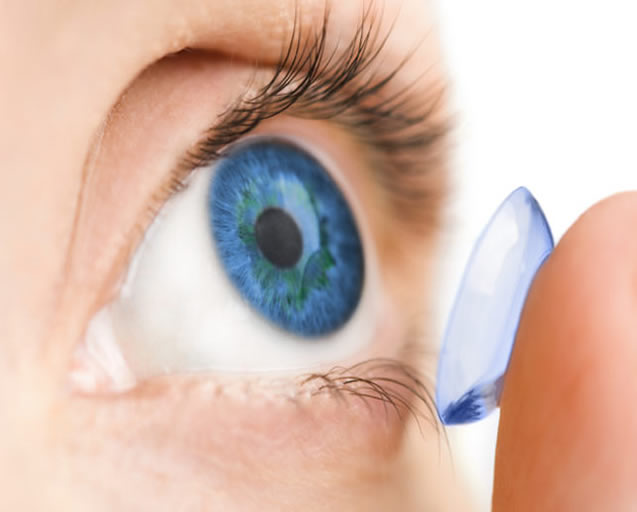
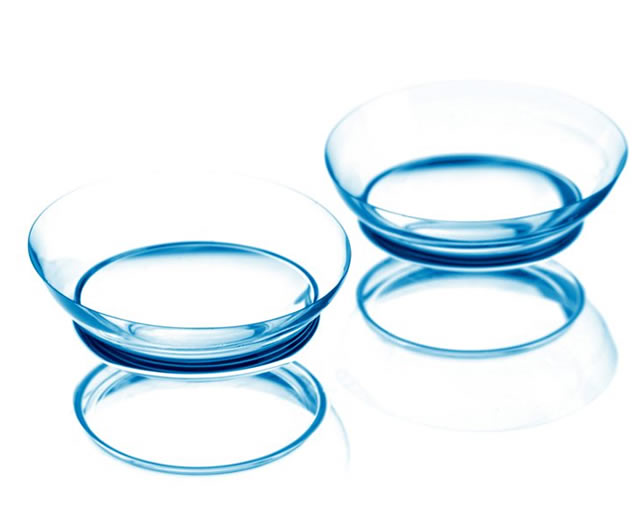
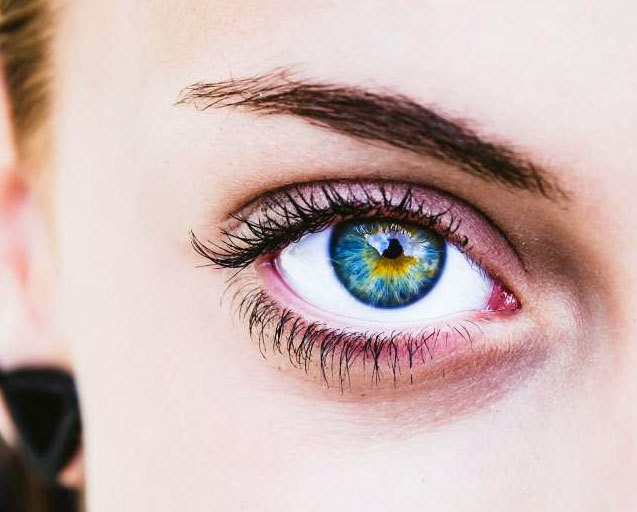
CONTACT LENSES
Life is amazing
It is even more amazing when you can see it clearly. If you need to restock your contact lenses or think your current prescription may not be the right strength, Discovery Optometry is here for you.
We offer a wide selection of contact lenses at our Vernon optometrist office, including disposable soft contact, bifocal/multifocal, toric, and coloured lenses. Whether you wear daily, weekly or monthly disposables, check out our selection of lenses that fit your needs.
A good contact lens fit starts with a thorough eye exam to ensure the most up-to-date prescription and rule out any pre-existing conditions that could interfere with contact lens wear.
Our eye doctors will determine the best fitting lens based on your lifestyle needs and the shape and health of your eye. In most cases, you’ll have the opportunity to try lenses on the same day as your exam. You can even go home with a few samples before making a final decision.
We follow up the initial fitting and then make any necessary changes in fit or materials to get you the best possible fit. The staff at Discovery Optometry teach all our patients proper contact lens care and also possible consequences if proper care is not taken. Then we continue with long-term follow-up to monitor the condition of the lenses and to ensure that proper hygiene is being maintained.
Eye Exams for Contact Lenses
A routine exam will provide some of the measurements and testing that are required to determine if your eyes are suitable for contact lens wear.
Bifocal and Multifocal Contact Lenses
If you need correction for presbyopia but dislike the idea of bifocal eyeglasses, you have many contact lens options.
Contact Lenses for the “Hard-to-Fit” Patient
Discovery Optometry wants you to know that challenges such as astigmatism, presbyopia, keratoconus and dry eyes needn’t be a barrier to contact lens wear, but they do require more time and patience.
Toric Contact Lenses for Astigmatism
“I can’t wear soft contacts; I have astigmatism.” This once-true statement is now simply a myth.
Disposable Contact Lenses
At Discovery Optometry we can fit you with all of the major disposable brands of contact lenses.
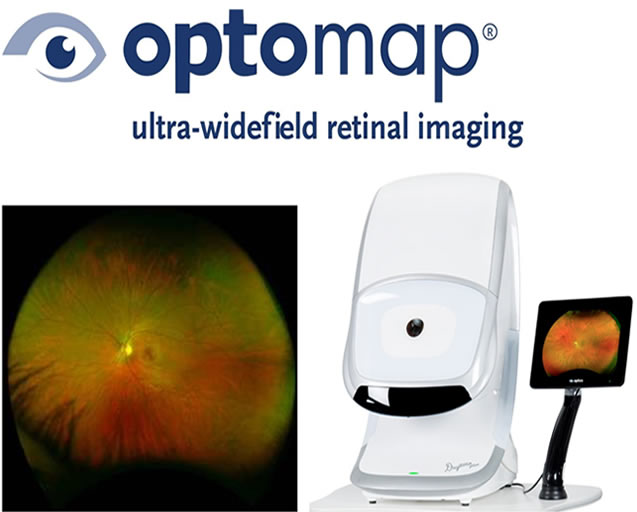
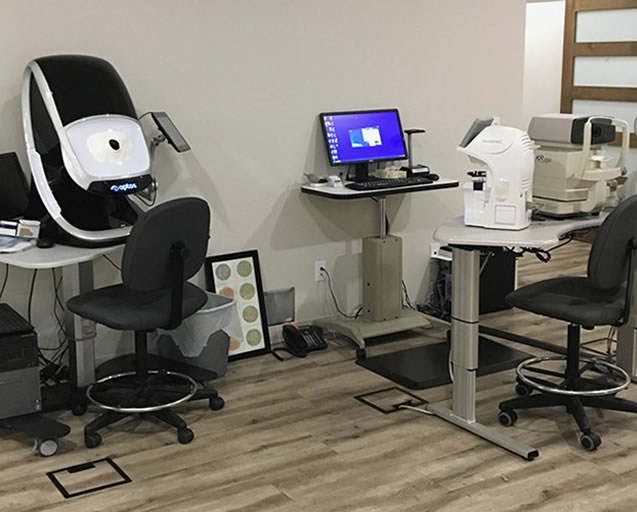
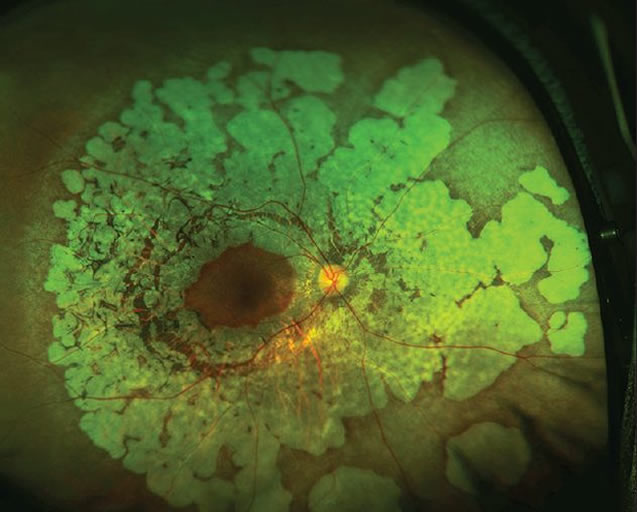
OPTOMAP RETINAL IMAGING
What is an Optomap Image?
Getting an Optomap image is fast, painless and comfortable. Nothing touches your eye at any time. It is suitable for the whole family. To have the exam, you simply look into the device one eye at a time (like looking through a keyhole) and you will see a comfortable flash of light to let you know the image of your retina has been taken.
Under normal circumstances, dilation drops might not be necessary, but Discovery Optometry will decide if your pupils need to be dilated depending on your conditions. The capture takes less than a second. Images are available immediately for review. You can see your own retina. You see exactly what Discovery Optometry sees – even in a 3D animation.
The Optomap ultra-widefield retinal image is a unique technology that captures more than 80% of your retina in one panoramic image while traditional imaging methods typically only show 15% of your retina at one time.
Benefits of an Optomap
The benefits of having an Optomap ultra-widefield retinal image taken are:
- Optomap facilitates early protection from vision impairment or blindness
- Early detection of life-threatening diseases like cancer, stroke, and cardiovascular disease
The unique Optomap ultra-widefield view helps your eye care practitioner detect early signs of retinal disease more effectively and efficiently than with traditional eye exams
Early detection means successful treatments can be administered and reduces the risk to your sight and health.
1. Why is a retinal exam so important?
Some of the first signs of diseases such as stroke, diabetes and even some cancers can be seen in your retina, often before you have other symptoms. An Optomap makes it easier to see them.
2. What is an Optomap?
The Optomap is a panoramic digital image of the retina produced by Optos scanning laser technology. It is the only technology that can show a wide 82% view of your retina at one time.
3. How will Optomap benefit me?
The ultra-widefield Optomap may help your eye doctor detect problems more quickly and easily. Unlike traditional retinal exams, the Optomap image can be saved for future comparisons.
4. Are there side effects?
Optomap images are created by non-invasive, low-intensity scanning lasers. No adverse health effects have been reported in over 50 million sessions.
5. Is an Optomap safe for children?
Yes. In fact, many vision problems begin in early childhood, so it’s important for children to receive quality routine eye care.
6. Does it hurt?
No. It is completely comfortable and the scan takes less than a second.
7. How often should I have an Optomap?
This is a decision that should be made by your doctor. However, it is generally recommended that you have an Optomap each time you have an eye exam.
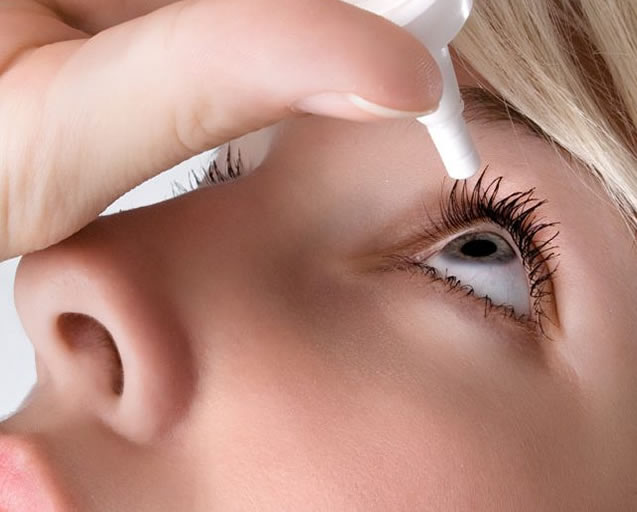
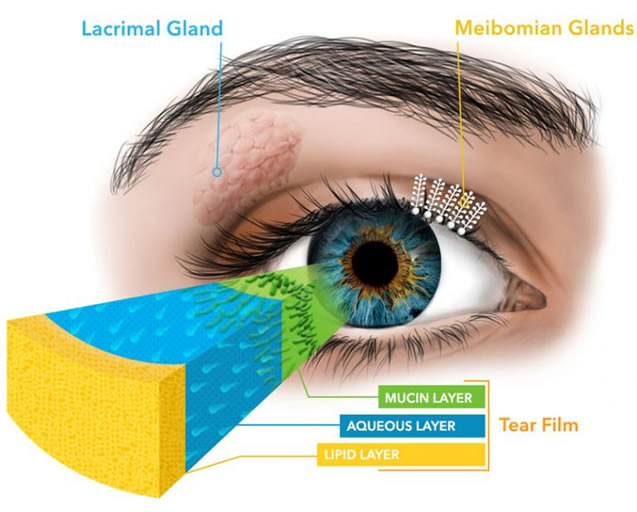
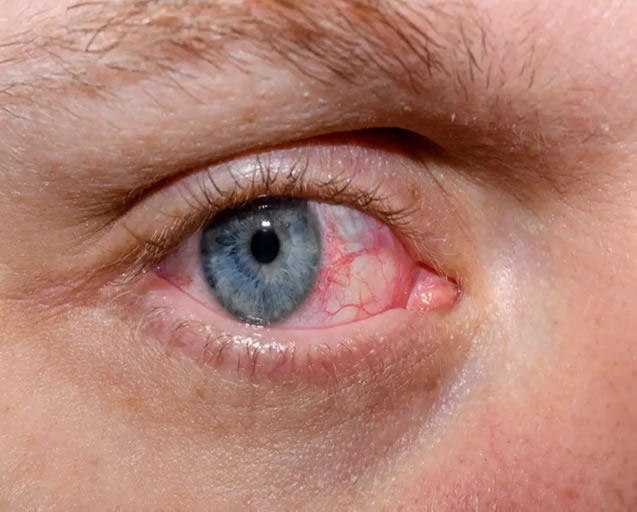
DRY EYE MANAGEMENT
About dry eye
At Discovery Optometry in Vernon BC , we know managing dry eye involves a multi-faceted approach. We acknowledge the impact that environment, diet and lifestyle, systemic health and medications have on dry eye, and we manage these variables accordingly. We also prescribe “smarter” ocular surface lubricants: drops that are minimally (or non-) preserved and contain minerals, electrolytes and muco-adhesive agents for improved retention and ocular surface health.
Perhaps most importantly we recognize the role inflammation plays in dry eye. Certainly, the increasing use of omega-3 supplementation, doxycycline, corticosteroids and cyclosporine underscores the importance of controlling inflammation in dry eye. Add in adjunctive (though no less important) therapies such as punctal occlusion and eyelid hygiene, and it is apparent that we have a great deal to offer dry eye patients. Indeed, the future of dry eye management looks even brighter. With androgen supplementation, mucin stimulants and lacrimal secretagogues in development, we are quite possibly entering an era of curative treatment for certain types of dry eye.
Why do eyes become dry?
There are two main reasons why eyes become dry:
Aqueous Deficient Dry Eye
Aqueous Deficient Dry Eye occurs when the production of tears by the lacrimal gland is not adequate, or when changes to the tear producing glands produce lower quality tears. A deficit in tear production may be the result of other underlying medical conditions such as rheumatoid arthritis, lupus, or Sjogren’s Syndrome. Aqueous Deficiency Dry Eye can also be indicative of a temporary or permanent damage to the lacrimal glands caused by trauma, local or central nerve damage or from chemotherapy and radiation treatments.
Evaporative Dry Eye
Most patients suffer from Evaporative Dry Eye – a condition where the tears produced are of poor quality and evaporate too quickly due to a lipid or mucous deficiency of the tear film. Your Optometrist will examine your eye using a slit lamp in order to see blocked/inflamed gland openings and/or frothy tears characteristic of evaporative dry eye. The consistency and quality of your tears will also be assessed.
Understanding your Tear Film
Our eyes need a constant layer of tears – called the tear film – to maintain and protect the sensitive surface tissues. Dry eye syndrome occurs when there is a lack of adequate tears. For some people, the cause of dry eyes is an imbalance in the composition of their tears. Other people don’t produce enough tears to keep their eyes comfortably lubricated.
Tears are comprised of three layers:
- 1) Lipid (oil) layer: Outermost Layer which lubricates the eyes and helps prevent tears from evaporating when the eyes are open.
- 2) Aqueous (water) layer: Middle Layer that is composed of water and nutrients that lubricate and nourish the cornea.
- 3) Mucin layer: Innermost Layer that coats the surface of the cornea and makes the tears adhere to, and spread evenly over the surface.
Changes or disruption to any one or more of the three tear film layers may interfere with the process of routine lubrication of the eye surface, resulting in Dry Eye Disease.
Dry eye prevention tips
- Try not to use a hair dryer, if possible.
- Stay away from very warm rooms. In the winter, add moisture to the air with a humidifier. Or put a pan of water near your heater or radiator.
- Protect your eyes from drying wind by wearing wrap-around glasses outside.
- Do you wake up with dry and scratchy eyes? Use artificial tear ointment or thick eye drops just before you go to bed.
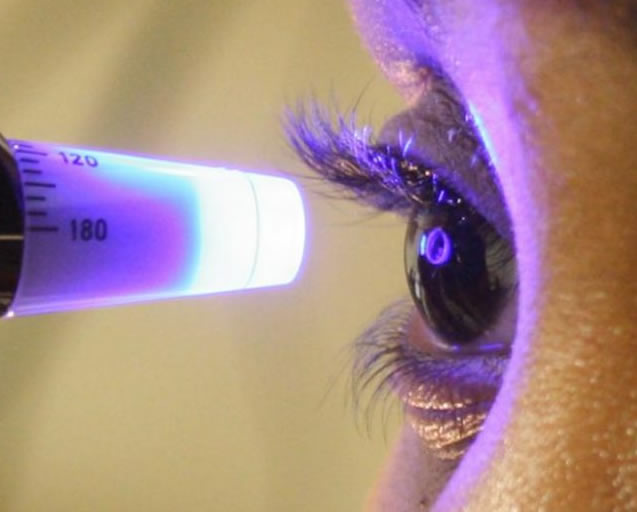
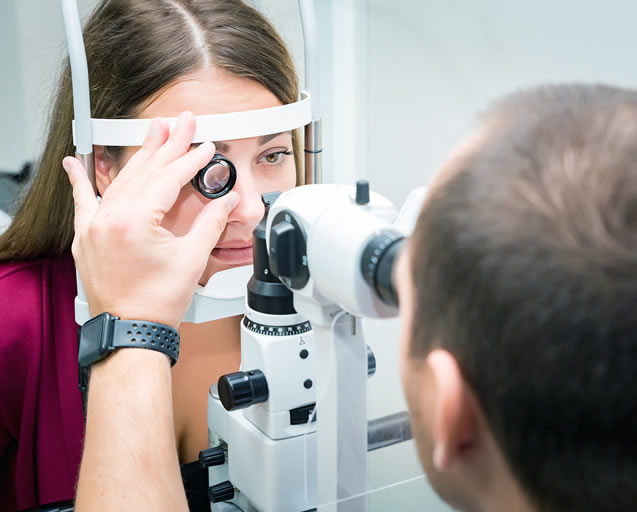
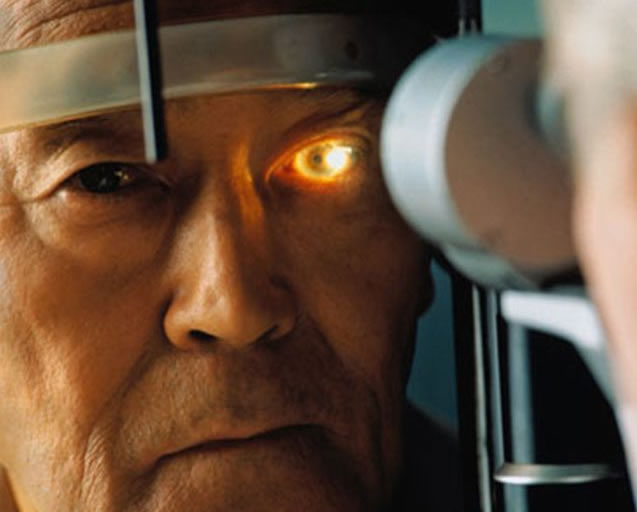
GLAUCOMA
What Is Glaucoma?
Glaucoma is a group of eye diseases causing optic nerve damage. The optic nerve carries images from the retina, which is the specialized light sensing tissue, to the brain so we can see. In glaucoma, eye pressure plays a role in damaging the delicate nerve fibers of the optic nerve. When a significant number of nerve fibers are damaged, blind spots develop in the field of vision. Once nerve damage and visual loss occur, it is permanent.
Most people don’t notice these blind areas until much of the optic nerve damage has already occurred. If the entire nerve is destroyed, blindness results. Glaucoma is a leading cause of blindness in the world, especially in older people. Early detection and treatment by your optometrist are the keys to preventing optic nerve damage and vision loss from glaucoma.
What are the Warning Signs
Unfortunately, most cases of glaucoma do not occur with readily noticeable symptoms that warn of the irreversible optic nerve damage being done. However, the presence of the following warning signs, indicates that you need a thorough examination by Discovery Optometry:
- Unusual trouble adjusting to dark rooms
- Difficulty focusing on near or distant objects
- Squinting or blinking due to unusual sensitivity to light or glare
- Change in color of iris
- Red-rimmed, encrusted or swollen lids
- Recurrent pain in or around eyes
- Double vision
- Dark spot at the center of viewing
- Lines and edges appear distorted or wavy
- Excess tearing or “watery eyes”
- Dry eyes with itching or burning; and
- Seeing spots, ghost-like images
The following may be indications of potentially serious problems that might require emergency medical attention:
- Sudden loss of vision in one eye
- Sudden hazy or blurred vision
- Flashes of light or black spots
- Halos or rainbows around light
The symptoms listed above may not necessarily mean that you have glaucoma. However, if you experience one or more of these symptoms, contact Discovery Optometry for a complete exam.
e assessed.
How Is Glaucoma Detected?
Regular eye examinations by your optometrist are the best way to detect glaucoma. Your optometrist will measure your eye pressure (tonometry); inspect the drainage angle of your eye (gonioscopy); evaluate your optic nerve (ophthalmoscopy); and test the visual field of each eye (perimetry). Optic nerve evaluation and visual field testing are performed at regular intervals to monitor the effects of glaucoma. The information from these tests provides an indication of the effectiveness of the treatment being used and whether further treatments may be necessary. Not all of these tests are necessary for every person, nor at every visit. The objective is to determine if glaucoma damage has progressed over time.
Who is at Risk for Glaucoma?
High eye pressure alone does not mean that you have glaucoma, but it is an important risk factor your optometrist will use to determine your risk for developing the disease.
The most important risk factors include:
- Age
- Elevated eye pressure
- African ancestry
- Thin cornea
- Family history of glaucoma
- Nearsightedness
- Past injuries to the eyes
- Steroid use
- A history of severe anemia or shock
Your optometrist will weigh all of these factors before deciding if you need treatment for glaucoma; or whether you should be monitored regularly as a glaucoma suspect to detect the early signs of damage to the optic nerve.
Treatment
The treatment for glaucoma depends upon the nature and severity of each case. In general, glaucoma cannot be cured, but it can be controlled. Eye drops, pills, laser procedures, and surgical operations are used to prevent or slow further damage from occurring. With any type of glaucoma, regular eye examinations are very important to detect progression and to prevent vision loss. Because glaucoma can worsen without your being aware of it, your treatment will likely need to be changed over time to achieve a lower “target eye pressure.”

